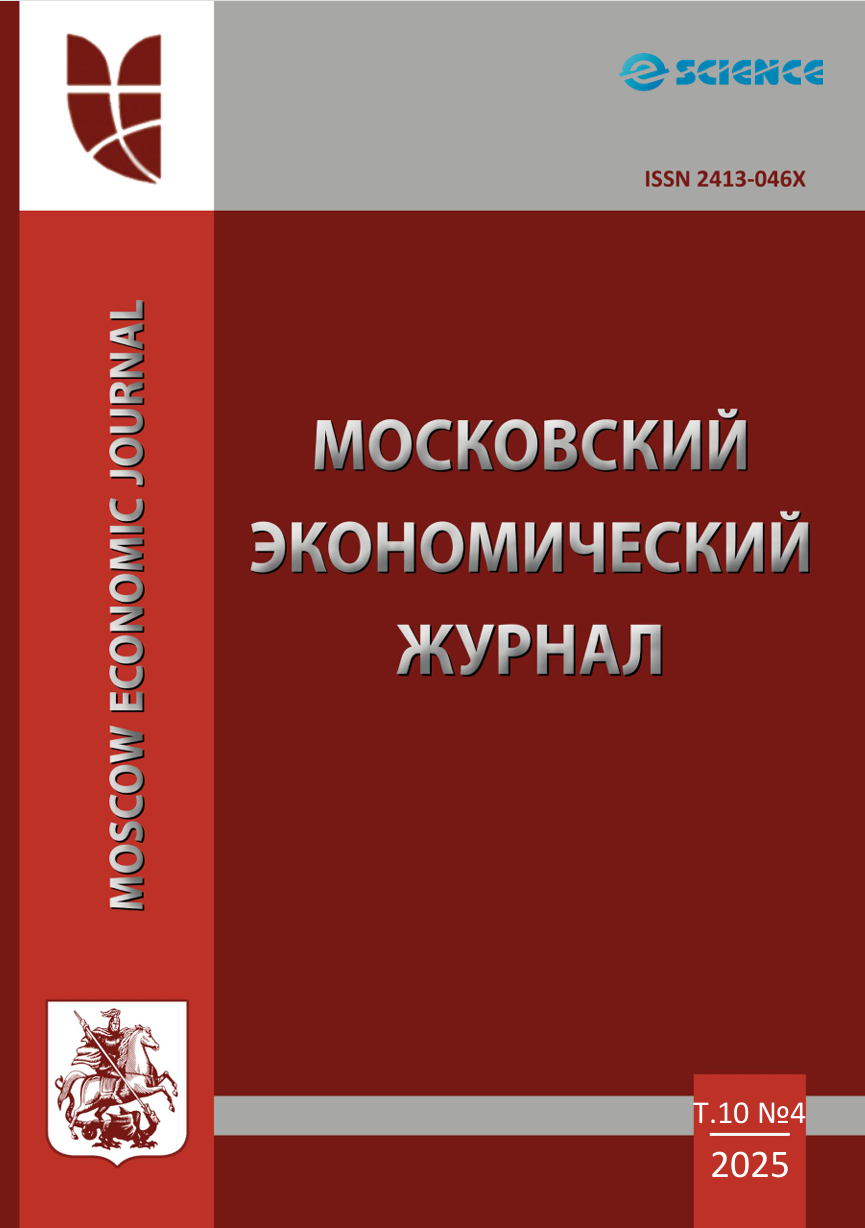UDC 502.42
The article examines the geographical patterns of nature reserve distribution in the Commonwealth of Independent States (CIS) depending on landscape types. The analysis is based on the distribution of protected areas across natural zones, including tundra, taiga, mixed forests, forest-steppe, steppe, semi-desert, subtropical, and mountain landscapes. The study reveals a significant unevenness in the distribution of nature reserves. For example, tundra reserves account for 24.5% of the total protected area in the former USSR, despite their relatively small number. In the taiga zone, protected areas make up 14.6%, while in mixed forests, they constitute only 5.6%. Forest-steppe and steppe reserves account for 1.1% and 3.9%, respectively. Semi-desert and subtropical reserves are scattered and cover less than 2% of the total protected area. S pecial attention is given to mountain reserves, which constitute 37.6% of all protected territories. These reserves are further classified into low-mountain, mid-mountain, and high-mountain landscape complexes, covering various altitudinal zones. The study highlights the need for further development of the nature reserve network in the former USSR to ensure a balanced conservation policy, taking into account regional landscape diversity and ecological significance. The findings emphasize the importance of expanding protected areas in underrepresented landscapes to achieve a more sustainable and comprehensive environmental protection strategy.
nature reserves, Landscape types, Protected areas, Natural zones, Geographic patterns, Taiga, Tundra, Mountain landscapes, Ecological diversity
1. İbrahimov T.O. National Parks of Azerbaijan, London 2015.p 333.
2. Astanin L.P., Blagosklonov K.N. Ohrana prirody. M., «Kolos», 1984, 250 s.
3. Borisov V.A. Voprosy klassifikacii zapovednyh territoriy (s uchetom zarubezhnogo opyta). «Nauchnye osnovy ohrany prirody» vyp.2. M., 1973,324-352 s.
4. Borodina A.M., Syroechkovskiy E.E. Zapovedniki SSSR. Izd. «Lesnaya promyshlennost'». M., 1980.
5. Geogchayskiy Sh., Osnovy Geograficheskoy Ekologii, Baku 2018, s.407.
6. Zapovedniki SSSR, (pod red.Borodina A.M. i dr.), M., «Lesnaya promysh-lennost'», 1980, s.240.
7. Ibragimov T.O., Zapovedniki i zakazniki Azerbaydzhana, 2019 izd-vo “Elm və təhsil”. c. 385.
8. Isakov Yu.A. Principy planirovaniya seti osobo ohranyaemyh prirodnyh territoriy SSSR. «Ohrana landshaftov i proektirovanie». M., 1982,128140 s.
9. Krinickiy V.V. Problemy ohrany territoriy v promyshlenno razvityh rayonah mira. - V sb. «Ohrana prirody i rac.» M., 1974.
10. Reymers N.F., Shtilmark F.R. Osobo ohranyaemye prirodnye territorii M. «Mysl'», 1978, 294 s.
11. Sokolov V.E., Syroechkovskiy E.E. Geograficheskaya set' biosfernyh za-povednikov, zakonomernosti i perspektivy razvitiya». V sb. Biosfernye za-povedniki, sovremennoe sostoyanie i perspektivy razvitiya. Puschino, 1981.











